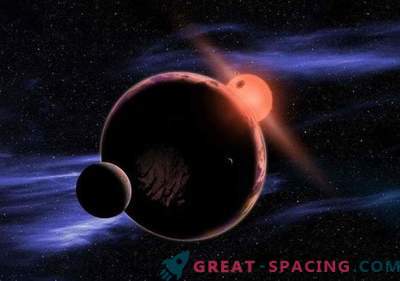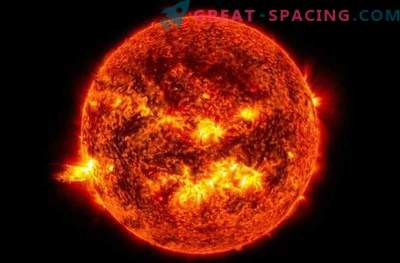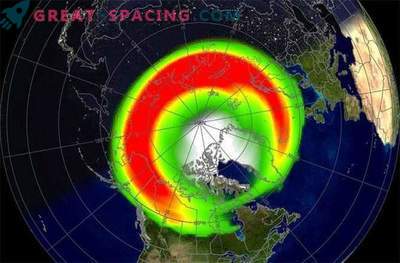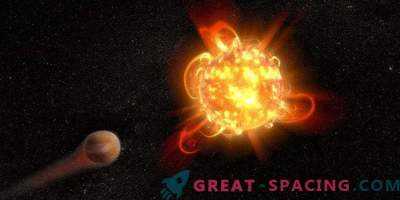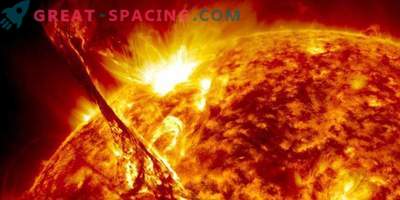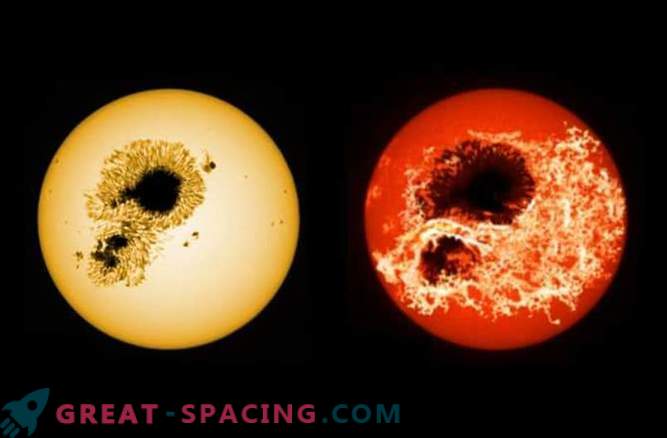
Astronomers who study stars, including the Sun, have long known that it is capable of generating powerful Super Flashes.
Not so long ago, it was discovered that such super-flashes are probably associated with monstrous "star spots".
When our Sun experiences a surge of magnetic activity inside, sunspots flare across the entire solar surface, acting as a warning sign. Every 11 years (this period is known as the solar cycle), the solar activity changes and the number of sunspots increases and decreases in the same way. Such an interrelation between the internal magnetic solar dynamics and the number of sunspots on the sun has long been known to weather forecasters, thanks to which they predict where a new flare can erupt.
Such flares often have dramatic consequences for the Earth, bathing the upper layers of the atmosphere in powerful radiation, blocking global communications and transmitting to the unprotected cosmonauts strong doses of radiation. Often, flashes are triggered in regions where there is intense magnetic activity. Spots are created in regions with similar activity when exposed to the photosphere of the Sun. Although, of course, flares on the Sun can be quite dangerous (at least remembering the case of May 5), they are nothing compared to other superflares of stars in our Galaxy.
In 2012, using a space telescope, astronomers identified several hundreds of similar events. A total of 10 to 10,000 times more energy flashed than it is able to collect all of our Sun at all. What exactly makes these stars compared to the Sun like "heavyweights"?
Wanting to find the answer, to understand the dynamics of such super-flaming stars, astronomers from Kyoto University at Hyogo University began to use the Subaru large telescope in Hawaii, the summit of Mauna Kea, conducting special spectroscopic measurements with it.
Through spectral observations, the researchers found that all the stars selected for the change periodically changed their brightness. And these changes are always caused by star spots rotating on the surface of the star. Some super-flaming stars even turned slowly, like our Sun, which has an equatorial period of its rotation in about 24 and a half days. In addition, through the analysis of the Ca II 854, 2nm (ionized calcium) absorption lines, the researchers realized that the periodic dimming of the brightness of the stars is currently due to huge stellar spots that would eclipse even the largest sunspot that our Sun can produce.
Thus, the researchers' conclusion is as follows: stars like the Sun can cause super flashes if they have large spots. However, in order to better understand the situation, further work is required. For example, while it is still unclear - if the Sun looks like these super-flaming stars, why, for example, is their magnetic dynamics so different?
The reality can be quite far from the assumptions, while it remains only to conduct further research.
